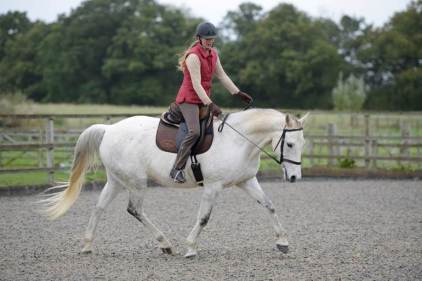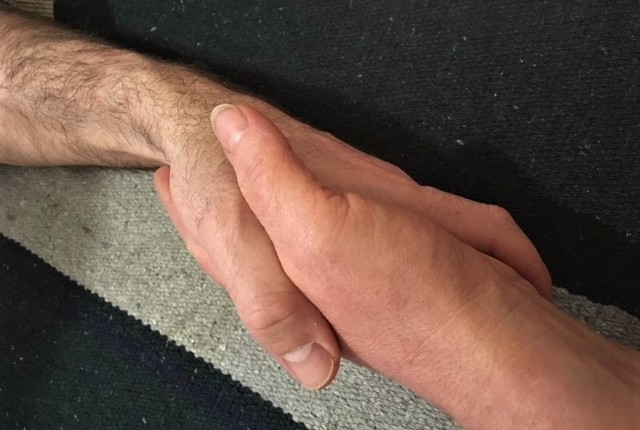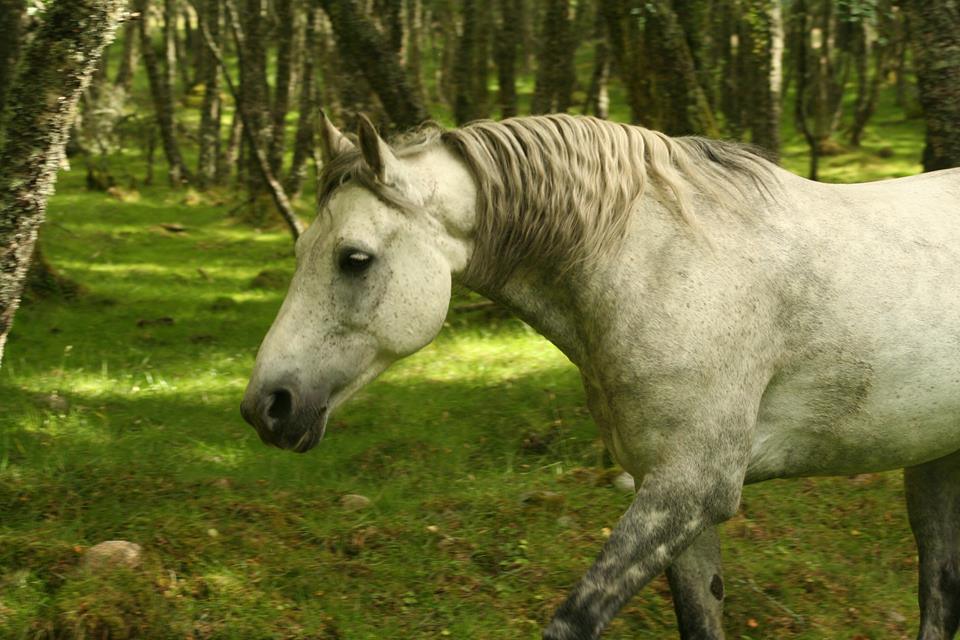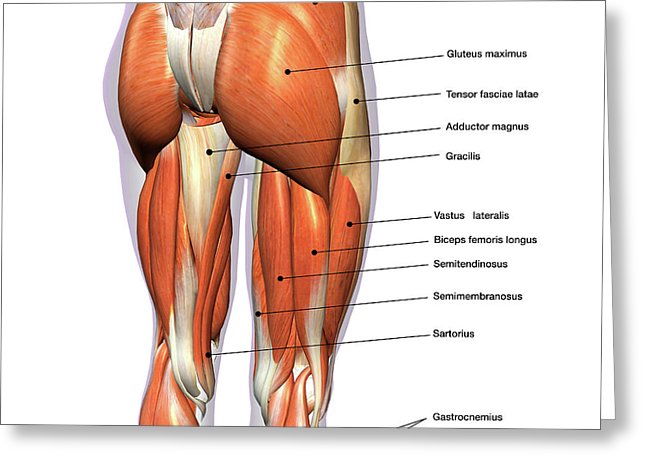This article is the second in a series called ‘Four ways to think about contact, and why you need to think about it from your heart’. You can access part one of the series here.

“I regularly resolve that I will only move the rein hands to the side or up, or close the fingers to stop, but never take my hands back. I had a trainer that placed a lot of value on this and was always watching my hands. Just the desire and the visual in mind of riding this way can be extremely helpful and greatly encourages an effective seat.” Anja Beran, 2017.
In part one of this series I started to look at the intrinsic relationship between equipment choice and training. Alongside ensuring welfare friendly equipment choice, as equestrians we can learn what makes great contact from the horse’s perspective as well as our own, and those principles can change our world. We can learn to set up a positive mental attitude, when it is appropriate to separate or combine our hand, arm and body use, how to use reins, nosebands and bits gently and with care, and how and why we might choose to use rein and bit contact in different ways to influence the horse.
Here’s a story that brings it home: A few years ago my son was having weekly lessons at a local BHS (British Horse Society) riding school. During the first few lessons the instructor had the little class of beginners doing lots of useful things to develop their self-awareness and co-ordination, all on a loose rein in three gaits with polework and a little bit of jumping. One day my son came home from his lesson and complained that his arms were aching. The cause of the ache was that during that morning’s lesson, the children had been told that they were going to learn to get the horse on the bit. They were instructed to hold the reins really short and wedge their hands behind their knees for the whole lesson. ‘Strangely enough’ one pony started bucking during the lesson. I asked my son if I he ever saw me do that when riding, and did his pony feel ok? As he answered no to both of my questions, we decided not to go for any more lessons there.
As thinking equestrians we can call out this kind of teaching, examine why this kind of aversive and unsafe practice has become the norm, and teach our kids compassionate and well informed alternatives. I would love to recommend that my clients sent their kids to regular riding schools and got them exposed to more mainstream equestrian activities, but if this goes on, and it does, ethically I cannot.
I like to introduce the biomechanics of contact to my coaching clients off horse, and do lots of activation exercises and simulations. The first thing I say is that they have the ability pick up a single hair with their fingers, or they can punch that hand through a wall. The same person’s hands can do microsurgery and tug-of-war. We are neurologically prepared to be very precise with our tool use, but we are also prepared to react to fear or stress by gripping, holding and pulling with extreme strength. Our species tries to shape the world around us with our hands, and this is reflected in our brain organisation. We are also clever enough to organise our brains differently when we want to, and we can understand the emotional difference between embodying control, and embodying expansive compassion. We want to say to the horse “I’ll look after you, and let me help you learn to balance and move with me”.
If we introduce the act of pulling through the reins to our horse’s mouth or nose, we know now that we can expect negative consequences. Researchers have implicated bit use in tooth erosion, bone and dental damage, bone spurs, commissure ulceration and tongue laceration (Cook, 2011; Mata, Johnson & Bishop 2015).
It’s surprising how subtle ‘pulling’ can be, but even mild pressure can aversively influence the horse. You often see horses who are mildly BTV (behind the vertical), but their rider looks to all intents and purposes as if they are not overtly pulling. They might not look like it but they are activating the internal neurology of their ‘pulling system’, by feeling disorganised or out of physical or emotional balance. They might be trying to control speed or balancing themselves on their hands and their horses head. Either way, they are offering a brace to the horse rather than a forward following contact from their own independent seat and self-carriage.
To use rein contact as a rider, we need to commit ourselves to learning ways to counter-condition our pulling system, and use our entire body to communicate with and influence the horse mindfully and skilfully. Following this path in depth is fascinating and for some of us, as compelling as doing competitions and things. Learning the biomechanics of riding (for instance from Mary Wanless and the Ride With Your Mind system), gives riders a great human toolkit and fosters deep practice. We can shape the majority of our riding skills off the horse, and we need to be fit to ride, rather than ride to get fit.

What makes contact ‘right’ or ‘wrong’ is subject to much discussion within equestrian groups. There is a rich written history in Classical riding which describes terms used to describe hand positions and actions – for instance in the 18th century François Robichon de La Guérinière in his written treatise L’École de Cavalerie, “The School of Horsemanship” – described three degrees of contact – ‘light’, ‘moderate’ and ‘firm’. How we know what these really meant to him, and how they might differ from your ‘light, ‘moderate’ and ‘firm’ contact is unknown, because unfortunately we can’t ask him. He might have had a hand shake that took your arm off at the elbow, or a grip like a dead fish. Probably not, but we will never know, but there are lots of people thinking and practising these skills today who are gaining useful insight and we can ask them what they have found to be helpful from the old masters, and what needs more thought.
“Many riders are concerned with the rein contact being too heavy. But there is also such a thing as not enough rein contact. When the rider can no longer feel the horse’s hind legs in his hands, because the horse is no longer seeking the communication through the rein, then the rein contact is too light. The conversation, the energy circuit, and the circle of aids have ceased.
A rein contact that is a little too heavy is still better than a non-existent rein contact, because in the first case, you can still have a conversation with the horse, whereas in the second case the horse has discontinued the talks.” (Thomas Ritter, 2016)
I am genuinely interested in how we communicate about our actions, and how this relates to the do-ing of the same actions, because clarity can really help reduce mis-communication. When I am trying to learn something I often deliberately try to explain it to someone else. When I mess things up it shows up holes in my knowledge and communication, and I have the opportunity to then find better information and associate them with the right actions, which I can then use in practise.
In equestrianism we use a lot of non-specific and traditional terms, and often refer to written accounts from people from other generations, who we can’t actually ask for clarification from (without the help of a psychic). We then find it difficult to accept others accounts of different lived experiences doing the same or similar activities, because we are not ‘speaking the same language’.
Let’s look at one of these contact themes – the ‘fixed hand – with mobile fingers’. Imagine your hand holding the rein with it coming up through your hand between third and fourth fingers, and lightly compressed between your thumb and first finger. With your hand held still, your fingers are isolated rein tension controls. They provide a lever to press on the rein and increase tension by acting backwards, upwards, sideways, or downwards, or they can open and release it – often described as a ‘giving’ hand. You can’t release a rein that you, or the horse, are not tension-ing, as it were. It is hard to have mobile fingers that do not at least sometimes act to increase tension even briefly and a little amount. Is a little bit of rein tension a problem for the horse? On balance probably not, if adjustments are being made in order to maintain a forward following feel as the horse moves their head and neck position, but we need to have criteria for what ‘a little bit’ is.
It is not surprising that contact is described in a multiplicity of terms and concepts, because ultimately It is Difficult to Do Well, or well enough to help the horse rather than hinder them, or do nothing. And, it is integral to how you use your body and the parts of it that we consider to be the Seat (which is not quite all of it, but the majority). It really is something that you have to practise a lot and maybe become obsessed by. It’s hard to learn without the physical feedback provided by the horse, and without a trained pair of eyes guiding you from the ground, and a road map for wherever the heck it is you’re going.
“The most difficult aid is to teach the horse to respond correctly to the giving hand. In theory, the aid should come from your inside seat and leg, which ask the inside hip and hind leg to move forward. With this reaction, the spine will rotate all the way into the head of the horse, stretching the outside top line. The horse will then search forward and down in stellning and will bend towards your giving hand” Bent Branderup 2014)
Wow, think of all the things that we need to be able to do to achieve this! Isolated control of the inside seat (and all its parts) and leg. Isolated arm and hand control to ‘receive’ the bend and maintain connection. Torso maintaining a neutral spinal posture and enough tone to influence the horse to lift their back. What’s the other arm and hand doing? And the other leg? And someone has to maintain breathing, conscious thought, steering etc. This is why it is the work of a lifetime. Equestrianism is much more of a martial art than virtually anything else.
Some of the problem may be that riding is best learned by doing and being guided, rather than by reading or watching. A process for developing a contact skill set is not described in specific detail which makes it elusive. We are given hints, and concepts, and warnings. Many books on contact and the seat are written by amazing expert riders, who have self-carriage in mind and a detailed mental road map to get to it, and importantly, have trained and ridden horses right through the training levels for many years. They ‘just ride with their seat’, ‘breathe’, ‘sit in the direction of the movement’ etc. Of course they are unconsciously practising all sorts of miniscule internal balancing movements and tonal shifts that enable ‘it’, whatever it is they are aiming for, to happen. But to them it ‘just feels like…’. I have learned to smile politely at anyone who says “you JUST have to do X…!!
Rider coach Mary Wanless and some psychologists refer to this as expertise amnesia, and it has become rather a distracting filter for aspirational riders.
“This phenomenon [of expertise amnesia] is based on the assumption that reducing or diverting the amount of attention paid to material being encoded and stored will reduce the quality and quantity of the later retrieval of that material in a form that is explicit and reportable. So, if a well learned skill is stored as a procedural memory, and its retrieval and subsequent performance is mostly unconscious and automatic, there is evidence showing that the explicit recollection of what happened during the performance will be reduced.” https://arcuterie.wordpress.com/2013/03/27/expertise-induced-amnesia/
What is clear from the research I cited at the beginning and others, is that we need to work to change the status quo regarding contact to improve the welfare of the ridden horse. We have to take this on and be grown up about it. It might be reassuring to reflect that we are not the only discipline where people are unpicking information from the past in the light of new findings. We might be able to cross-pollinate.
“Jue-shou or “Sensing-hands” is a practice method for exploring the preliminary stages of taijiquan partner study. Through simple, non-competitive exploration, sensing hands develops tactile and kinaesthetic ‘listening’ skills which enable practitioners to discern and express different qualities of touch, force and intention.
The goal of jue-shou is the development of ‘sticking and adhering’ skills…” Sam Masich (2009).
Sounds very much like how we can initially develop our contact skills, maybe without the force part. Taijiquan practitioners are very interested in the discipline of study and practice, and the geneaology of these techniques. Sounds familiar? They can also argue like a bunch of eight year olds about it like us too, but we are all human. Taiji historians recognise that historical skill concepts and development integrated inner self-cultivation with social transformation at the civil level. Also like the principles communicated in classical equestrianism.
In sensing-hands practice practitioners recognise five sensing-hands energies, supported by five connection-operations. A contact skill map. One of the most appropriate pairings from sensing-hands practice for the rider or equestrian on the ground which directly relates to hand and seat contact is sticking and adhering.
“Sticking and adhering energy is a sensitivity attribute employed by people skilfull in maintaining a comfortable, even-pressured touch connection with other individuals during changing conditions. These could include varying physical locations of the point-of-connection; differing tempos in movement; [and] shifting intensities and intentions of participants… The ability to ‘stick’ diminishes the effects of unbalanced strength relationships…” (Sam Masich 2009)
What’s not to like about that? Does your horse settle when you achieve a ‘comfortable, even-pressured touch connection’? Mine does. I was riding my youngster last night In the Big Field. Twenty acres of space was about equivalent in my mind from here to the moon, and I was working very hard on just focusing on the area we were in. Due to the circumstances – his second ride only in the Big Field, him feeling a little spring like and assertive, and me having a slightly graunchy lower back which enhanced my sense of vulnerability, I had internal pull going on and I wasn’t as plugged in as I would have preferred. After fifteen minutes of shaping my seat to be ‘stickier’, and my hands to overcome their tendency to hold ‘just in case’, we found a soft, swinging walk and he agreed to go with me. We were both more comfortable and the seat and hand touch connection was more even and agreeable. We parted as friends.
The important thing to note is that in riding and taijiquan, and probably other partner activities, we can explore how we connect and communicate between two bodies. And if we are all thinking along the same lines of compassionate connection we can learn from each other.
One of the most effective things we can do to help ourselves have the right attitude is to understand the influence of priming. Priming refers to what happens in our bodies as a result of our internal dialogue, our self-talk. Priming has been well investigated by psychologists, and is used commonly in marketing to get you to buy stuff.
“Priming refers to the incidental activation of knowledge structures, such as trait concepts and stereotypes, by the current situational context.” (Bargh et al 1996).
In the study I cited above, the researchers found that if they primed their subjects with concepts of rudeness (I can’t help thinking of them sitting people down in front of a computer and flashing rude words at them….), or politeness, their subsequent behaviour changed to become more rude or polite. This also worked when young people were primed with words about old age. They tended to move more slowly following exposure to this word set.
For our purposes contact is often associated with confrontational or combative words and phrases – ‘control’, ‘submission’, ‘closing your hand’ and ‘taking a hold’. This immediately influences our bodies to prepare to resist. In contrast, words like ‘giving’, ‘receiving’, ‘following’, ‘sensing’ and ‘guiding’ suggest a two-way conversation, and we are likely to remain more pliant and responsive. We don’t just expect to resist a force, we can physically act to maintain a low level of positive tension within a system by making a myriad of tiny adjustments in our bodies. Just like sticking and adhering energy. In my ride last night I deliberately used my self-talk to keep myself safe and my horse below threshold – ‘how can I get to… soft; swinging; step together; and wait’.
I will finish this writing with another quote from Sam Masich. Sam is a taijijuan instructor, with very deep knowledge of his subject and an expansive, confident but calm energy. I am not as dedicated a taiji student as I am an equestrian, but I like to borrow useful concepts. He has the feel of someone you could always trust to have your back, or to guide you in your learning – and this is what I aim to embody to my horses. You can get this feel from equestrians too, but its less easy for them to teach it in practise because our discipline doesn’t explain it well. I will borrow his words again – but these are my own, contact practise is about developing the skills to be a better human.
“Touching passes knowledge and goodwill electronically through the high-tension wire of human interaction. To ‘tactualize’ reality, to bring oneself into the deep sensual sphere of physical connection, may be a critical factor in our reaching out into the world in attuned and non-destructive ways.” (Sam Masich 2009).

References
Bargh, J.A., Chen, M. & Burrows. L. (1996). Automacity of Social Behaviour: Direct Effects of Trait Construct and Stereotype Activation on ACtion. Journal of Personality and Social Psychology. Vol 71:2. American Psychological Association.
Blanchfield, AW., Hardy, J., De Morree, HM., Staiano, W., & Marcora, SM. (2014) Talking yourself out of exhaustion: The effects of self-talk in endurance performance. Medicine
Branderup, B. (2014) Academic Art of Riding – A riding method for the ambitious leisure rider. Cadmos Publishing: Richmond-Upon-Thames, UK.
Cook, W. R. (2011), Damage by the bit to the equine interdental space and second lower premolar. Equine Veterinary Education, 23: 355-360. doi:10.1111/j.2042-3292.2010.00167.x
Masich, S (2009). Wudan Taiji Jue-Shou – 5 Section Taiji Sensing Hands. Tai CHi CHuan & Oriental Arts Magazine, Summer 2009. The Journal of the Tai Chi Union for Great Britain. Glasgow.
Mata, M., Johnson, C. & Bishop, C. (2015). A Cross-Sectional Epidemiological Study of Prevalence and Severity of Bit-Induced Oral Trauma in Polo Ponies and Race Horses, Journal of Applied Animal Welfare Science, 18:3, 259-268, DOI: 10.1080/10888705.2015.1004407
Ritter, T. (2016) Facebook post. https://www.facebook.com/RitterDressage/?__tn__=kCH-R&eid=ARDcY6EyZODQ_X33WuXsx8SD8YRNKBTh9fpJV54DXu3Z9LX-UU77il4ccvgYelRhww4sCQsuU8vAvu_B&hc_ref=ARQuDL5YzwUvl51mvIgaB20w8bBq8vh1R-y1m68zhkwXKPZePcBnO87IMJ-BLUbrUVk&fref=nf









